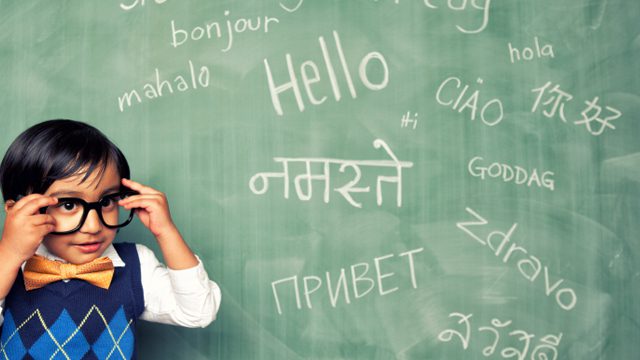The Future Of Language Learning: Trends To Watch
As the world becomes increasingly interconnected, the demand for language skills continues to grow. The future of language learning is evolving rapidly, driven by technological advancements, changing educational paradigms, and global shifts in communication. For students, educators, and language enthusiasts, staying informed about the latest trends is essential.

Here’s a look at the key trends shaping the future of language learning.
1. The Rise of Artificial Intelligence in Language Learning
Artificial Intelligence (AI) is revolutionising language education by making learning more personalised and accessible. AI-powered language apps, like Duolingo and Babbel, use algorithms to tailor lessons to individual learners' needs, ensuring that students practice what they need to improve most.
- Adaptive Learning: AI can analyse a learner's progress in real-time and adjust the difficulty of exercises accordingly. This personalised approach helps learners overcome specific challenges and accelerates their language acquisition.
- AI Tutors and Chatbots: Virtual language tutors and chatbots simulate real-life conversations, allowing learners to practice speaking and listening skills in a low-pressure environment.
2. The Growth of Online Language Learning Platforms
Online language learning platforms have seen explosive growth, particularly in the wake of the COVID-19 pandemic. These platforms offer flexible learning opportunities for people of all ages, from beginners to advanced learners.
- Interactive Courses: Platforms like Coursera, Udemy, and edX offer interactive language courses that can be accessed anytime, anywhere. These courses often include video lectures, quizzes, and peer interaction, making learning engaging and convenient.
- Live Online Classes: Many platforms now offer live classes with native speakers, providing the benefits of traditional classroom learning with the flexibility of online access.
3. Gamification of Language Learning
Gamification, the use of game-like elements in non-game contexts, is becoming increasingly popular in language education. By turning learning into a game, these methods make language acquisition more engaging and enjoyable.
- Points, Badges, and Leaderboards: Language learning apps often incorporate points systems, badges, and leaderboards to motivate learners. These features encourage regular practice and make the learning process more competitive and fun.
- Language Learning Games: Games specifically designed for language learning, like "Memrise" or "Quizlet" use repetition and reward systems to help learners memorise vocabulary and grammar.
4. Virtual Reality and Augmented Reality in Language Education
Virtual Reality (VR) and Augmented Reality (AR) are emerging as powerful tools in language education, offering immersive experiences that can enhance traditional learning methods.
- Immersive Language Environments: VR can create simulated environments where learners can practice their language skills in real-life scenarios, such as ordering food in a restaurant or navigating a city.
- AR Language Apps: AR apps like Google Translate’s AR mode allow users to translate text in real-time by simply pointing their phone’s camera at it. This instant translation feature is particularly useful for travellers and language learners on the go.
5. The Importance of Cultural Context in Language Learning
As language learning shifts towards a more holistic approach, understanding cultural context is becoming increasingly important. Language is deeply intertwined with culture, and mastering a language involves more than just learning vocabulary and grammar.
- Cultural Immersion Programs: More language courses are incorporating cultural studies into their curricula, emphasising the importance of understanding the social and historical context of the language.
- Language Exchange Programs: Language exchanges, whether in-person or online, allow learners to practice with native speakers while also learning about their culture. These programs are vital for achieving fluency and cultural competence.
6. Sustainability and Language Learning
As sustainability becomes a global priority, language learning is also adapting to be more environmentally conscious. The focus is shifting towards digital resources and sustainable learning practices.
- Digital Textbooks and Resources: The move towards digital textbooks and online resources reduces the need for physical materials, lowering the environmental impact of language education.
- Sustainable Language Schools: Some language schools are adopting eco-friendly practices, such as reducing energy consumption and promoting sustainable travel for study abroad programs.
Conclusion
The future of language learning is being shaped by a blend of technology, cultural awareness, and sustainability. As AI, online platforms and gamification become more integrated into language education, learners will have access to more personalised, immersive, and flexible learning experiences. Moreover, the increasing emphasis on cultural context and sustainability highlights the evolving nature of language learning in a globalised world. Staying ahead of these trends will be key for anyone looking to acquire new language skills or enhance their current ones in the coming years.